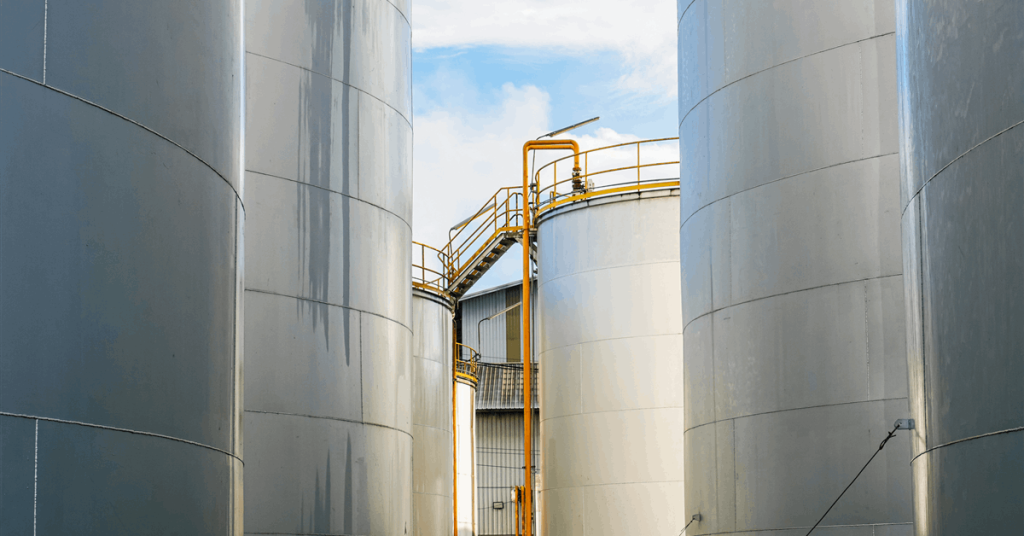ExxonMobil said its Canadian affiliate Imperial Oil has completed construction of a renewable diesel facility at its Strathcona refinery near Edmonton, Canada.
The facility is expected to be Canada’s largest renewable diesel facility, with the capacity to produce up to 20,000 barrels a day, the company said in a news release.
Imperial supplies customers in Western Canada and its own operations in Northern Alberta. The facility sources bio-feedstocks from Canadian agricultural suppliers to produce renewable diesel that can be used with no engine modifications, while also being well suited for Canada’s cold weather conditions, ExxonMobil said.
In the second quarter, Imperial Oil reported upstream production of 427,000 gross oil-equivalent barrels per day (bpd), its highest second quarter in over 30 years.
Imperial’s Kearl asset achieved its highest-ever second quarter production of 275,000 total gross oil-equivalent bpd, the company said in its most recent earnings release.
Gross bitumen production at Cold Lake averaged 145,000 barrels per day, compared to 147,000 bpd in the second quarter of 2024, primarily due to production and steam cycle timing, and turnaround impacts partially offset by Grand Rapids solvent-assisted steam-assisted gravity drainage, Imperial said.
Imperial’s share of Syncrude quarterly production averaged 77,000 gross bpd, up from 66,000 bpd in the previous-year quarter, primarily driven by the timing of the annual coker turnaround, the company said.
Imperial’s refinery throughput averaged 376,000 bpd, lower than 387,000 bpd a year ago. Capacity utilization was 87 percent, compared to 89 percent in the second quarter of 2024. The lower refinery throughput and capacity utilization were primarily due to unplanned downtime partially offset by lower turnaround impacts, the company said.
Indonesian Oil Production Increased
Last month, ExxonMobil said it added oil production at the Banyu Urip field in East Java, Indonesia, with the development of new wells.
Powered by the Banyu Urip Infill Clastic drilling project at its Cepu Block operation, these new wells support Indonesia’s energy goals, the company said in an earlier statement.
The addition of the new wells will contribute up to 30,000 bpd to national production, further strengthening Banyu Urip’s role in supporting Indonesia’s energy security and economic growth.
The development is a “major boost” to the Banyu Urip field, which already accounts for more than 25 percent of Indonesia’s national oil production, ExxonMobil said. Discovered in 2001 with an estimated 450 million barrels of oil, the company has expanded its potential to over 1 billion barrels.
“We are proud to support Indonesia’s energy goals,” ExxonMobil Indonesia President Wade Floyd said.
“It shows our commitment to local capability development, having been executed with a team of over 99 percent Indonesian talent,” Wade noted, adding that they were not only able to complete operations on time, but ahead of time.
“This project, delivered 10 months ahead of schedule, reflects ExxonMobil’s leading technology, scale, and execution excellence,” he said.
Using drill rigs built in Indonesia, the drilling operations were carried out by an almost entirely Indonesian team, according to the statement.
To contact the author, email rocky.teodoro@rigzone.com
element
var scriptTag = document.createElement(‘script’);
scriptTag.src = url;
scriptTag.async = true;
scriptTag.onload = implementationCode;
scriptTag.onreadystatechange = implementationCode;
location.appendChild(scriptTag);
};
var div = document.getElementById(‘rigzonelogo’);
div.innerHTML += ” +
‘‘ +
”;
var initJobSearch = function () {
//console.log(“call back”);
}
var addMetaPixel = function () {
if (-1 > -1 || -1 > -1) {
/*Meta Pixel Code*/
!function(f,b,e,v,n,t,s)
{if(f.fbq)return;n=f.fbq=function(){n.callMethod?
n.callMethod.apply(n,arguments):n.queue.push(arguments)};
if(!f._fbq)f._fbq=n;n.push=n;n.loaded=!0;n.version=’2.0′;
n.queue=[];t=b.createElement(e);t.async=!0;
t.src=v;s=b.getElementsByTagName(e)[0];
s.parentNode.insertBefore(t,s)}(window, document,’script’,
‘https://connect.facebook.net/en_US/fbevents.js’);
fbq(‘init’, ‘1517407191885185’);
fbq(‘track’, ‘PageView’);
/*End Meta Pixel Code*/
} else if (0 > -1 && 96 > -1)
{
/*Meta Pixel Code*/
!function(f,b,e,v,n,t,s)
{if(f.fbq)return;n=f.fbq=function(){n.callMethod?
n.callMethod.apply(n,arguments):n.queue.push(arguments)};
if(!f._fbq)f._fbq=n;n.push=n;n.loaded=!0;n.version=’2.0′;
n.queue=[];t=b.createElement(e);t.async=!0;
t.src=v;s=b.getElementsByTagName(e)[0];
s.parentNode.insertBefore(t,s)}(window, document,’script’,
‘https://connect.facebook.net/en_US/fbevents.js’);
fbq(‘init’, ‘1517407191885185’);
fbq(‘track’, ‘PageView’);
/*End Meta Pixel Code*/
}
}
// function gtmFunctionForLayout()
// {
//loadJS(“https://www.googletagmanager.com/gtag/js?id=G-K6ZDLWV6VX”, initJobSearch, document.body);
//}
// window.onload = (e => {
// setTimeout(
// function () {
// document.addEventListener(“DOMContentLoaded”, function () {
// // Select all anchor elements with class ‘ui-tabs-anchor’
// const anchors = document.querySelectorAll(‘a .ui-tabs-anchor’);
// // Loop through each anchor and remove the role attribute if it is set to “presentation”
// anchors.forEach(anchor => {
// if (anchor.getAttribute(‘role’) === ‘presentation’) {
// anchor.removeAttribute(‘role’);
// }
// });
// });
// }
// , 200);
//});

